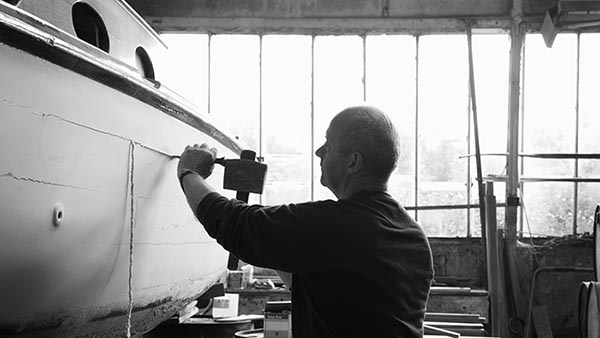The High Street as a place can be seen as the centre of our urban settlements and in this it carries great historical significance and heritage value. Yet now we frequently hear that the High Street is dead (or dying) with the House of Fraser the latest in a long line of significant retailers to fall.
It is clear that the digital revolution and online, distribution warehouse-based retailing, is severly impacting on the British High Street as we have known it. The tales of woe unfold on a weekly, sometimes daily basis – as I write the news breaks that Mulberry are the latest retail brand to suffer. It is as if the High Street has come to mean nothing but ‘retail’ and as retail fails, so too the very High Street itself. Everything, we are told, is rapidly changing as our next purchase is made from our sofa, our bed, our morning commute, supported and encouraged by social media yet disconnected with any human experience. At the moment of purchase we are alone, greeted only by the algorithmic identifier, however cleverly personalised this may be.
This perception of loss through retail is happening across our land although there are examples of remarkable local effort to help High Streets succeed as the Great British High Street Awards demonstrate. Clearly local convenience, apposite specialism and particular circumstance can, with considerable hard work, lead to success. But generally there is a big problem.
High Street heritage is routed in commerce (English Shops and Shopping: Morrison, 2003), the exchange of goods and services with the earliest concentrations occurring at urban centres. Market Place became the place for exchange and interaction, not just a series of trading stalls and shops but a place of news, events, meetings, greetings and transactions. It became our social exchange. This sense of place, now described in planning policy and museum culture goes back a very long way and was central to the International Council on Monuments and Sites (ICOMOS) Burra Charter of 1979, almost 40 years ago. Here places of cultural significance were linked, through good conservation practices, to the protection of human values. Now, this focus on place and what it means has never been so important as it is today.
Yet the scars of the change of speed in retailing can be seen in most historic High Streets. Victorian and Edwardian grandeur gave way to modern shop frontages, expansive floor plates and 1st floor access required by the mass retailing of the second half of the C20. Much damage was wreaked by the economic imperative and poor planning practices (The Rape of Britain: Amery & Cruikshank, 1975). Now the cycle moves on and thinking retailers appear to be looking beyond today’s online tendency towards multi-channel forms of retailing. Thankfully, the value of bricks and mortar is again beginning to become recognised – it must mean something when Amazon open a real book store. It is becoming clear that High Streets must adapt with mixed uses and most notably this includes residents who actually live on High Street, giving social interaction to the public place, so central to the thesis of Jane Jacobs (The Death and Life of Great American Cities: 1961). Bill Grimsey goes further in his recently published town centre report, repeatedly referencing heritage as a key springboard to the future. This has to be the heritage of place and the people that made or can re-make that place. This might not be the butcher, the baker and the candlestick maker but it could be the butcher, the baker and the digital marketeer.
Grimsey quite rightly cites multiple remedies in fixing the High Street but heritage is central to how this happens.
There are, of course, many fundamental problems to address but perhaps one of the highest on the list is the value of heritage itself, as is being discovered in the work at Hamlet Court Road in Westcliff, strictly speaking a sub-High Street but one equivalent to many lesser, nationwide High Streets. Here the much-loved street, formerly the ‘Bond Street’ of the east, has fine Edwardian and Art Deco architecture. But it has seen decades of decline with many shops closed and multiple charity shops emerging – this is not a genteel, market town High Street. On-street social problems add to the difficulty. Overlain with healthy (and some unhealthy) Essex cynicism, the challenge now is how to bridge the gap between the widespread memory, hope and aspiration of the local community (including some spirited traders), founded in the rich, retail heritage, and the simple, raw and sometimes desperate economic realism of traders. This is to say nothing of the problems that change itself will bring.
Society has to recognise the heritage significance of retail led social exchange in creating place, then we have to find and share the tools to apply the values of heritage, with tomorrow’s adapted retail and other mixed uses, to in-your-face economic reality.
This networked heritage can help create a successful future High Street.
Related articles
-
Glasgow and Pittsburgh: cities of steel
Jamie Cooke
New partnership between two cities with a bright future.
-
Pride in place: unlocking every area's potential
Hannah Webster
How our local heritage can create a better future.
-
Changing how we see heritage can help us build back better
Becca Antink
How the heritage sector is making a difference in local communities.




Be the first to write a comment
Comments
Please login to post a comment or reply
Don't have an account? Click here to register.